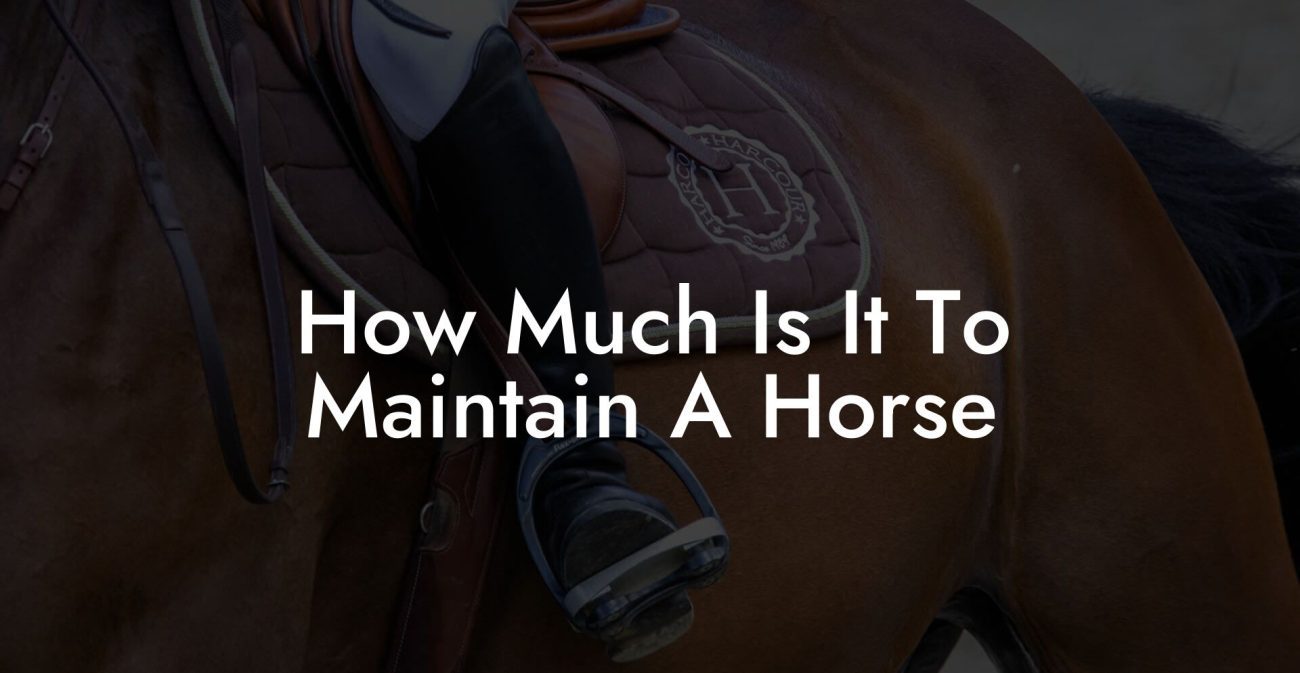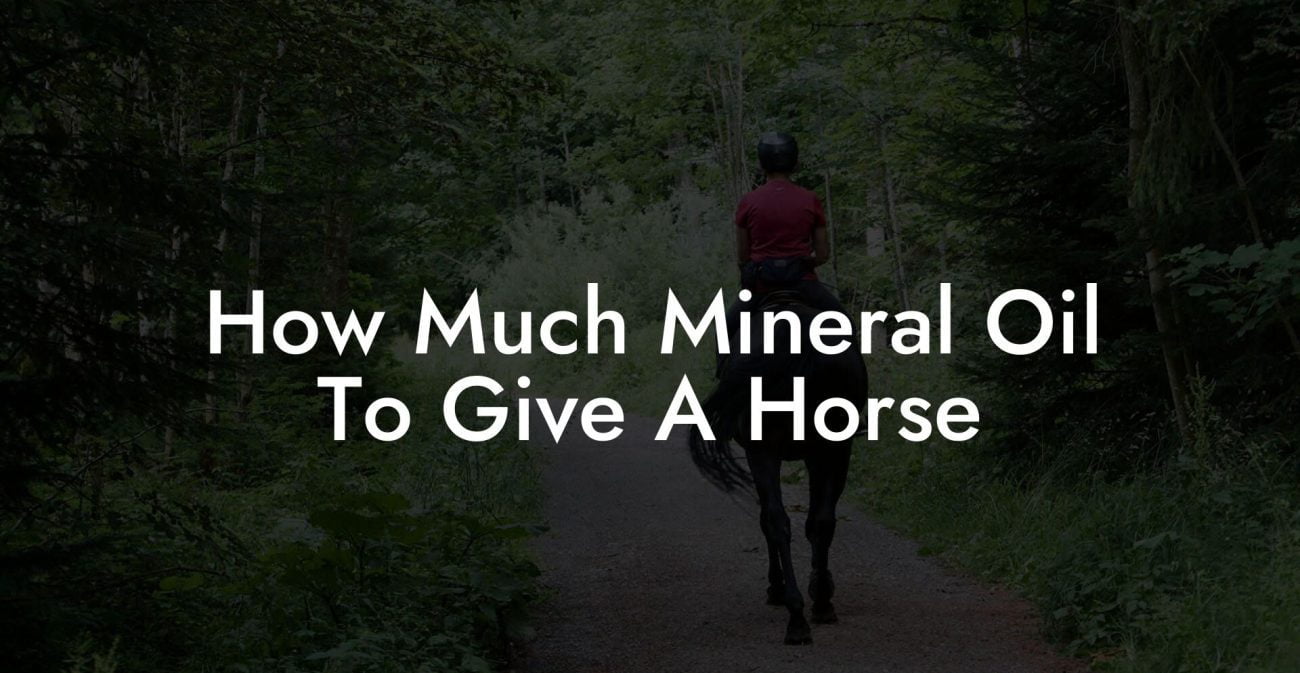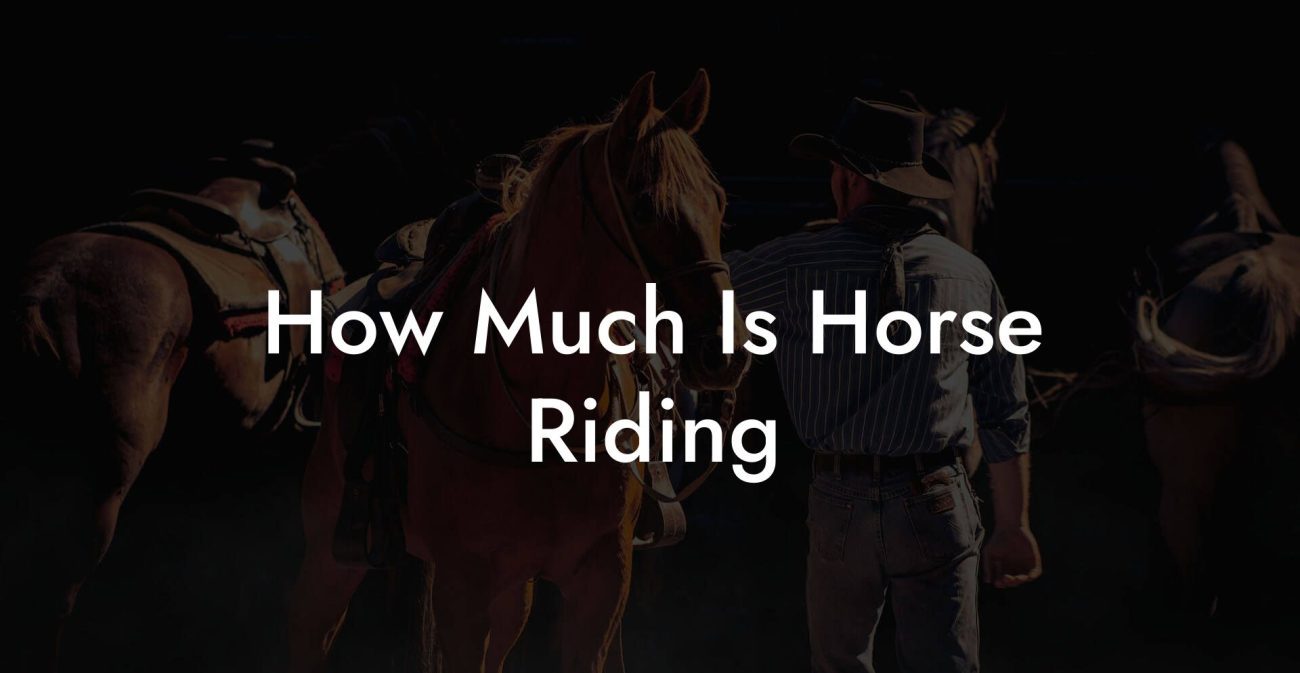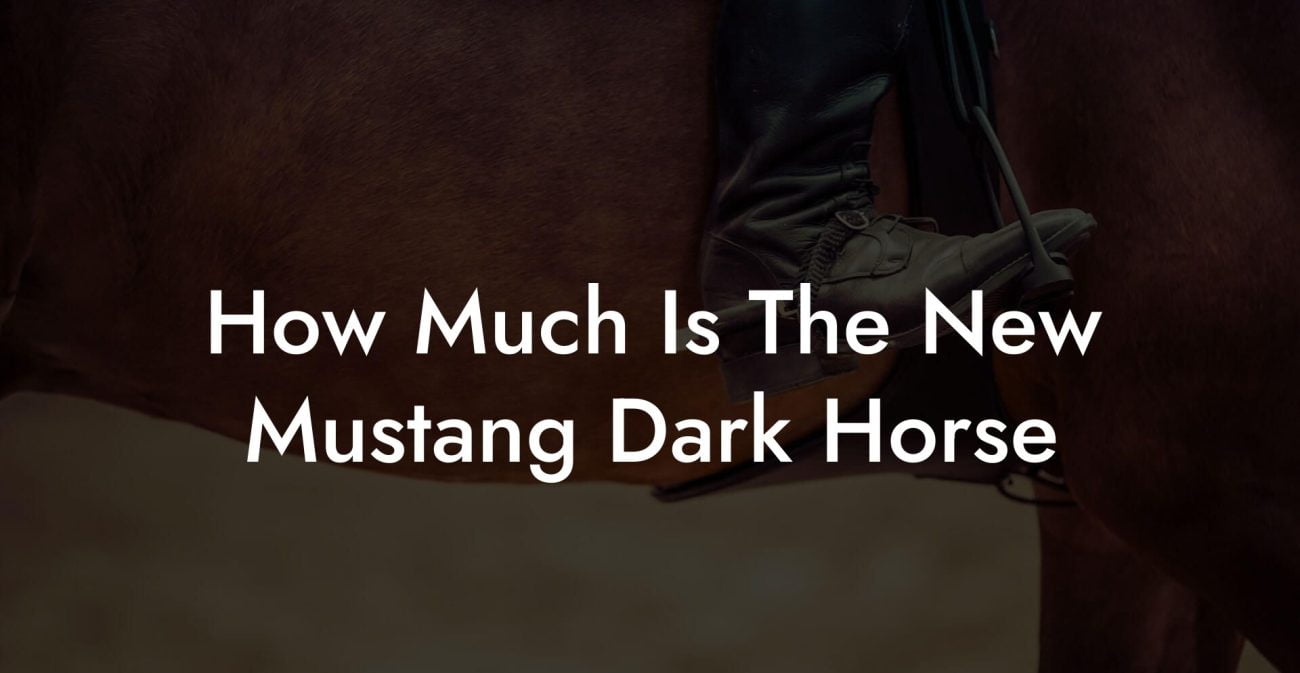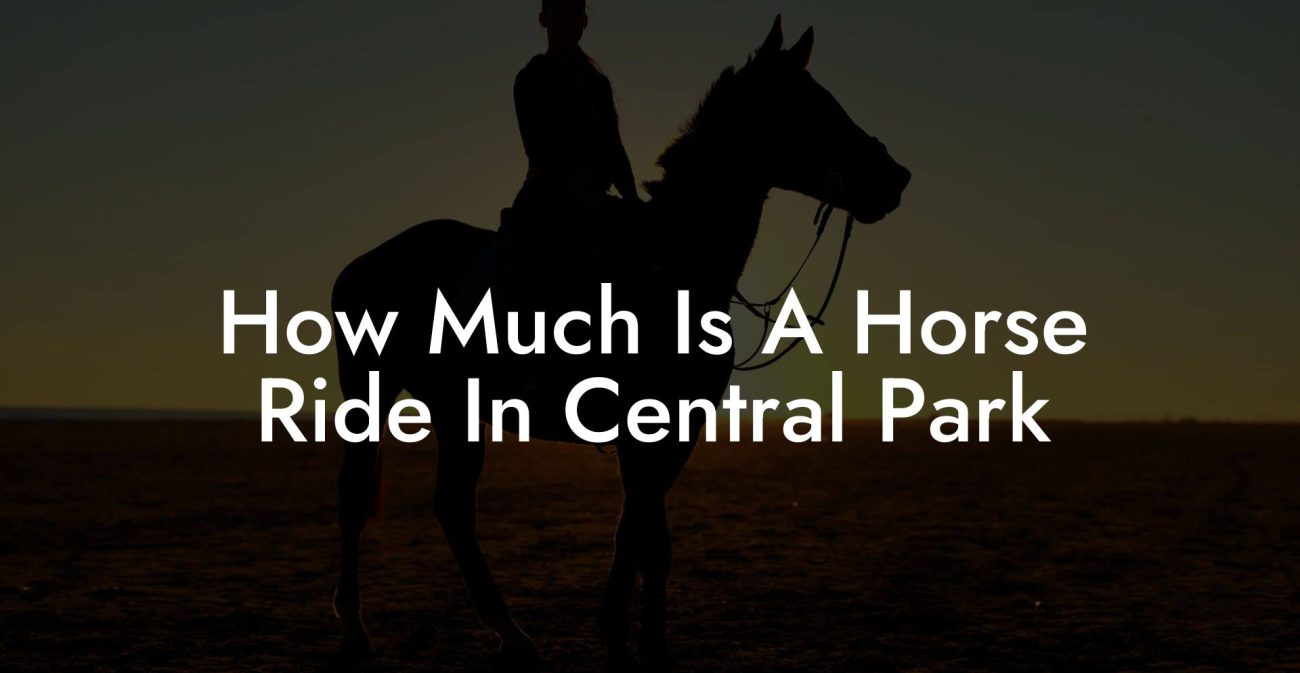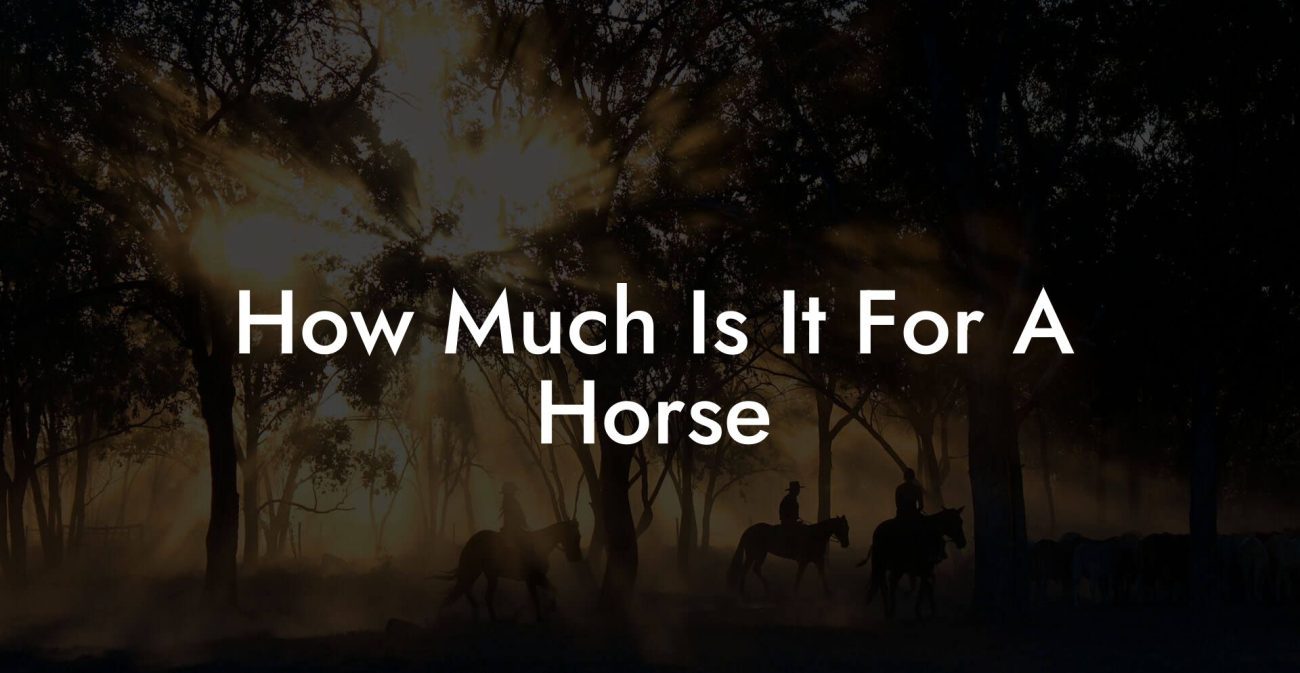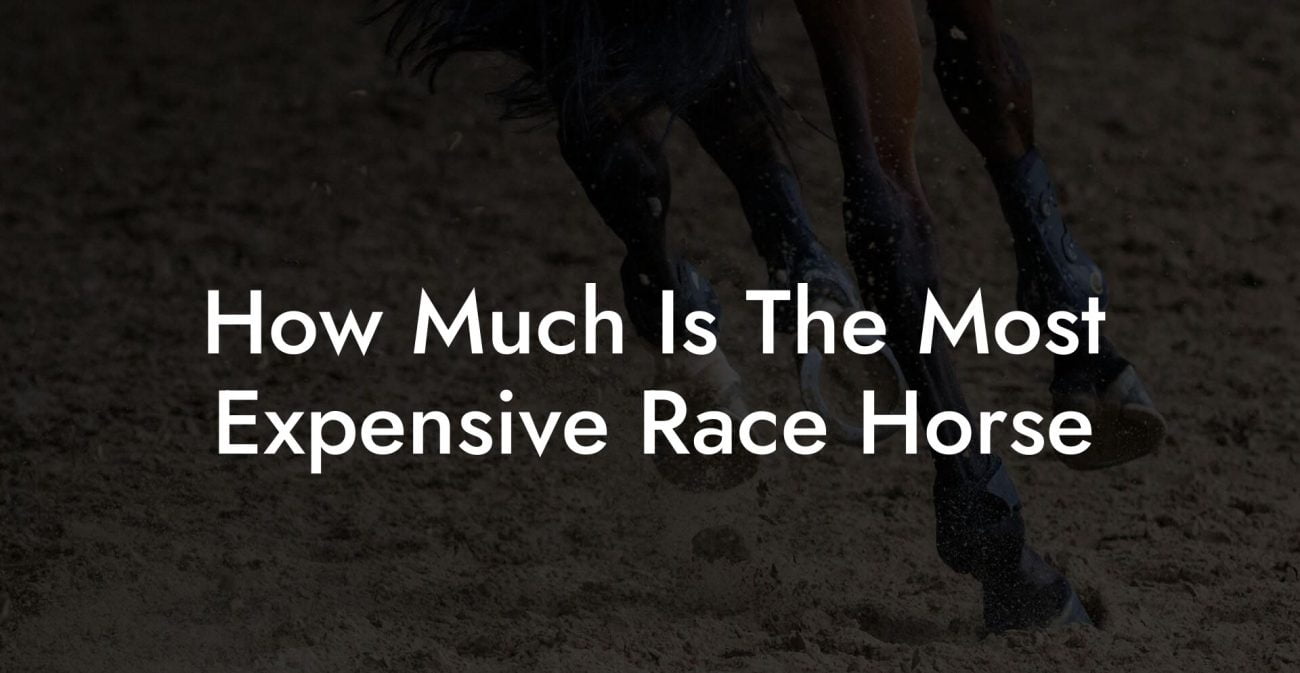Picture this: A sun-dappled pasture, a gentle breeze rustling through tall grasses, and horses living their best life in nature’s very own rave. Whether you’re a first-time equestrian or a seasoned horse whisperer, “Horses In Pasture” is here to guide you through the art of creating an environment where your equine friends not only survive but thrive. Get ready to dive into smart, sustainable, and downright fun strategies to care for your horses while keeping it fresh and relatable.
Quick Links to Useful Sections
- Understanding the Pasture Paradigm: The Equine Ecosystem
- Designing the Ultimate Pasture: Environment & Layout Essentials
- Pasture Assessment and Planning
- Rotational Grazing: A Smart, Sustainable Approach
- Infrastructure: Shelter, Water, and Fencing
- Nutritional Harmony: The Art of Feeding Horses in Pasture
- The Magic of Forage
- Supplementing for a Balanced Diet
- Hydration: The Unsung Hero
- Holistic grooming and Health: Natural Care in the Great Outdoors
- Brush Up on Grooming Techniques
- Natural Remedies and Holistic Treatments
- Preventative Healthcare in the Open Air
- The Social Side of Pasture Life: Herd Dynamics and Mental Wellbeing
- Herd Behavior and Communication
- Reducing Stress Through Environmental Enrichment
- Mental Stimulation and Play
- Seasonal Shifts: Adapting Pasture Management Through the Year
- Spring: Renewal and Preparation
- Summer: Managing Heat and Hydration
- Autumn: Harvesting the Benefits
- Winter: Protecting Against the Chill
- Tackling Common Challenges: Troubleshooting Pasture Problems
- Overgrazing and Soil Degradation
- Parasites and Disease Management
- Water Management Issues
- Fencing and Infrastructure Repairs
- Sustainable Practices and Eco-Friendly Pasture Management
- Organic and Eco-Friendly Fertilizers
- Conserving Water and Energy
- Promoting Biodiversity
- Resources and Community Support: Your Next Steps
- Frequently Asked Questions About Horses In Pasture
- Your Next Step Toward a Thriving Pasture and Happy Horses
Understanding the Pasture Paradigm: The Equine Ecosystem
Horses are more than just majestic creatures, they’re social beings with unique needs that go beyond a simple bucket of water and a patch of grass. Think of your pasture as your horse’s personal living room combined with a playground and a spa all in one. In modern pasture care, we’re not just feeding hay and grain; we’re creating holistic spaces that ensure your horses’ physical, emotional, and mental well-being.
At its core, a good pasture is an ecosystem. It’s where nature does its magic: grasses, forbs, and wildflowers interact with the soil, water cycles, and even the grazing habits of your horses. For the modern horse owner, especially if you’re a Gen-Z or millennial looking for sustainable, ethical, and tech-savvy solutions, understanding this ecosystem is the first step in embracing a more natural and integrated approach to horse care.
We’re talking about optimizing the social dynamics of your herd, incorporating natural remedies, and using data-driven insights to manage grazing patterns effectively. With a bit of know-how and a touch of innovation, you’ll soon see how a well-managed pasture can become the cornerstone of your horse care routine.
Designing the Ultimate Pasture: Environment & Layout Essentials
Creating a thriving pasture for your horses starts with thoughtful design and management. It’s not just a random field, it's a carefully curated environment that supports healthy grazing, minimizes waste, and prevents overuse. Let’s break down the key elements that make a pasture not only functional but also a haven for your horses.
Pasture Assessment and Planning
Before you start planting seeds or building shelters, it’s critical to assess your land. Look at soil quality, drainage patterns, and existing vegetation, and determine what needs improvement. This process might involve simple soil tests or even drone surveys if you’re into tech.
Modern pasture planning incorporates both traditional agronomy and digital mapping tools to give you a bird’s-eye view of your land’s potential. By understanding your soil’s pH levels and nutrient content, you can customize your fertilizer and seeding strategies to foster a vibrant mix of grasses and legumes.
Rotational Grazing: A Smart, Sustainable Approach
If you haven’t heard of rotational grazing, prepare for an equine epiphany. This method involves dividing your pasture into smaller sections (or paddocks) and rotating your horses between them. Not only does this prevent overgrazing, but it also encourages regrowth of the forage species and maintains healthier soil.
For a tech-savvy twist, seasonal apps and GPS tracking systems can help you monitor grazing time and pasture recovery. Imagine setting alerts that tell you when it’s time to move the herd, talk about peace of mind for the modern horse owner!
Infrastructure: Shelter, Water, and Fencing
Even in an open pasture, proper infrastructure is crucial. Adequate shelter protects your horses from harsh weather while strategically placed water sources ensure they remain hydrated during long grazing sessions. Meanwhile, secure yet flexible fencing keeps your herd safe and contained without compromising the beauty of the open land.
Consider eco-friendly fence options like recycled rail systems or wooden posts, which not only look great but also sustain minimal environmental impact. The idea is to create an environment where your horses feel secure and connected to nature, without the sterile vibe of a modern zoo.
Nutritional Harmony: The Art of Feeding Horses in Pasture
While pasture grasses provide the bulk of a horse’s diet, the modern equine enthusiast knows that nutrition goes far beyond simple grazing. Today’s approach to equine nutrition blends natural feeding with smart supplementation, ensuring your horse stays in peak form, both physically and mentally.
The Magic of Forage
In the wild, horses graze all day, effortlessly balancing a variety of plant species to meet their nutritional needs. In a managed pasture, this natural behavior is replicated as much as possible. Diverse grasses and legumes contribute essential nutrients, and let’s be honest, there’s just something satisfying about watching your horse casually munch on fresh, green herbage in the sunshine.
Supplementing for a Balanced Diet
Even the best pasture might need a little boost here and there. Depending on your horse’s age, workload, and overall health, you might need to supplement with vitamins, minerals, or protein concentrates. Whether you’re mixing in a dash of salt and mineral block or opting for high-tech feed balancers that work with smartphone apps, the goal remains the same, maintaining a balanced diet that mirrors nature’s bounty.
For many modern horse owners, the appeal lies in precision. Feed trackers and nutritional analysis tools enable you to monitor your horse’s daily intake and adjust rations as needed. With this data-driven approach, overfeeding and undernourishment are relics of the past.
Hydration: The Unsung Hero
Water might seem basic, but in the world of equine care, it’s absolutely essential. Ensure your pasture has multiple, well-placed water sources that are refreshed regularly. Whether it’s a natural spring or a mechanically maintained trough, clean drinking water is key to digestion, temperature regulation, and overall health.
For those who like to keep it high-tech, consider installing automatic waterers equipped with real-time monitoring. This means you’ll always know if your horses are getting the hydration they need, no more guessing games on hot summer days!
Holistic grooming and Health: Natural Care in the Great Outdoors
Grooming isn’t just about keeping your horse looking Instagram-ready; it’s an important part of their overall health. Horses in pasture benefit from all-natural grooming routines that harness nature’s own remedies and techniques. Think of it as spa day, every day.
Brush Up on Grooming Techniques
Regular grooming helps improve blood circulation, reduces the risk of skin infections, and clears away dirt and debris. Use natural brushes and combs that are gentle on your horse’s coat. Many enthusiasts now swear by eco-friendly grooming products that avoid harsh chemicals in favor of soothing botanical extracts.
Natural Remedies and Holistic Treatments
Add a dash of herbal magic to your grooming routine. Ingredients like aloe vera, chamomile, and calendula can soothe irritated skin, act as natural disinfectants, and give your horse’s coat a brilliant shine. These remedies not only foster good hygiene but also enhance the bond between you and your horse during those downtime moments in the pasture.
Preventative Healthcare in the Open Air
A well-managed pasture acts as a natural preventive healthcare environment. Exposure to clean air, natural exercise, and social interaction among herd members can help stave off many common equine health issues. Routine vaccinations, parasite control, and hoof care are still essential, but many horse owners now complement these practices with natural supplements and environmental enrichment strategies.
The key is balance, integrating modern veterinary care with nature-inspired practices for a holistic approach that resonates with today’s mindful lifestyles.
The Social Side of Pasture Life: Herd Dynamics and Mental Wellbeing
Horses aren’t solitary creatures, they’re naturally gregarious and thrive in a herd environment. In well-managed pastures, social interactions contribute to better mental health and reduced stress levels. Whether you’re a millennial juggling busy schedules or a Gen-Z looking for authentic lifestyle practices, there’s a lesson to learn from equine community dynamics.
Herd Behavior and Communication
Horses communicate through a complex language of body postures, facial expressions, and subtle cues. A pasture that allows natural herd behavior not only strengthens social bonds but also teaches your horses how to establish hierarchy, resolve conflicts, and reduce anxiety on their own. Observing herd dynamics can even offer insights into your own social behavior, nature truly is the best teacher.
Reducing Stress Through Environmental Enrichment
A monotonous environment breeds boredom and can lead to stress-induced behaviors. Spice up your pasture with natural elements like logs, water features, or varied terrain to simulate a more engaged and dynamic setting. Even simple additions, such as a few trees for shade or diverse vegetation for snacking, can transform your pasture into a 5-star equine retreat.
Mental Stimulation and Play
Ever seen a horse play? It’s adorable and a sure sign of a healthy mind. Providing opportunities for play, like obstacle courses or interactive toys, can give your horses mental stimulation and physical exercise. Not only does this help keep boredom at bay, but it also strengthens the bonds within the herd, paving the way for calmer, happier animals.
Seasonal Shifts: Adapting Pasture Management Through the Year
Nature doesn’t hit pause, and neither should your management of pasture care. Each season brings its own set of challenges and opportunities, making it essential to adapt your strategies accordingly. From rainy springs to crisp autumns, here’s how to keep your horses comfortable and healthy all year round.
Spring: Renewal and Preparation
Spring is the season of rebirth, a time when the land awakens after winter slumber. This is the perfect opportunity to rejuvenate your pasture by overseeding, fertilizing, and managing weeds. A well-prepared spring pasture will flourish in the warmer months and provide lush grazing opportunities for your horses.
Summer: Managing Heat and Hydration
Hot summer days demand extra vigilance. Ensure that there are plenty of shaded areas and multiple water sources to keep your horses cool. Incorporating drought-resistant grasses and managing grazing time during the peak heat of the day are smart strategies to prevent overexertion and heat stress.
Autumn: Harvesting the Benefits
As the leaves change, so does pasture quality. Autumn is an ideal time for recovery and storage. Harvest surplus forage and use crop rotation practices to allow parts of the pasture to rest. Adjusting your grazing schedule during the cooler months can also help in maintaining optimum forage quality.
Winter: Protecting Against the Chill
Winter poses unique challenges. Snow cover and low temperatures can limit grazing opportunities, so prepare supplemental feeding and ensure that water sources are not frozen. Providing extra shelter, and even temporary windbreaks, can help keep your horses comfortable until spring arrives.
Tackling Common Challenges: Troubleshooting Pasture Problems
Even the best pastures can face challenges. From rampant mud patches to uninvited pests, being proactive is key to sustaining the environment your horses deserve. Let’s explore some common obstacles and the savvy solutions available to overcome them.
Overgrazing and Soil Degradation
Overgrazing is a notorious foe that can lead to barren patches and soil erosion. Implementing strategies like rotational grazing and maintaining an appropriate stocking density helps prevent these issues. In addition, reseeding and integrating leguminous cover crops can restore soil health and ensure consistent forage growth.
Parasites and Disease Management
Pasture life comes with its own set of critters, some friendly, some not so much. Internal parasites and external pests can sometimes pose health risks to your horses. Regular deworming protocols, pasture rest periods, and the use of natural parasite control methods such as diatomaceous earth or herbal supplements contribute to an effective defense system.
Water Management Issues
Stagnant water or poorly maintained troughs can lead to bacterial growth and hazards for your herd. Regular maintenance, natural water filtration systems, and smart waterer designs that discourage contamination play an essential role in keeping your horses safely hydrated.
Fencing and Infrastructure Repairs
Natural wear and tear from weather and grazing can quickly turn pristine fencing into a safety hazard. Routine inspections, timely repairs, and the use of durable, weather-resistant materials ensure that your herd stays secure without sacrificing aesthetic appeal.
Remember: Problems are just opportunities in disguise. With proactive management and a touch of creativity, you’ll find that every challenge is a chance to refine your pasture care approach.
Sustainable Practices and Eco-Friendly Pasture Management
Sustainability isn’t just a buzzword, it’s a necessary mindset when managing pastures in today’s eco-conscious world. Modern horse care is about making choices that are good for your herd and kind to the planet.
Organic and Eco-Friendly Fertilizers
Chemical fertilizers might give a quick boost to your pasture, but organic options such as compost, manure, and green manure crops enrich the soil over time. These natural inputs improve soil structure, enhance microbial activity, and promote long-term pasture health.
Conserving Water and Energy
Water is a precious resource, both for your horses and for the planet. Consider installing solar-powered water pumps, rainwater harvesting systems, or even evaporative cooling systems in extreme climates. Such practices reduce your environmental footprint while ensuring a constant supply of fresh water.
Promoting Biodiversity
A healthy pasture is a diverse one. Planting a mix of grasses, legumes, and wildflowers not only improves forage quality but also attracts beneficial insects and wildlife that help control pests naturally. Biodiversity is the secret sauce to a resilient and self-sustaining ecosystem.
Embracing eco-friendly practices ultimately benefits everyone, your horses, your wallet, and Mother Earth.
Resources and Community Support: Your Next Steps
You’re not in this alone. The world of pasture management and equine care is filled with communities, experts, and innovative resources ready to help you perfect your craft. From online forums and social media groups to local equine events and sustainability workshops, connecting with like-minded enthusiasts can provide invaluable insights and inspiration.
Here are some actionable steps to elevate your pasture management game:
- Join Equine Communities: Look for local and online groups where you can share tips, ask questions, and swap success stories about pasture care and horse nutrition.
- Attend Workshops: Whether it’s sustainable pasture management or holistic horse nutrition, in-person and virtual workshops can fast-track your learning.
- Follow Thought Leaders: There are plenty of blogs, podcasts, and YouTube channels dedicated to modern equine care, make them your go-to resources.
- Invest in Tech: From pasture mapping apps to automated watering systems, harness the power of technology to streamline your daily management routines.
- Collaborate Locally: Work with local agricultural extension services or equine universities to stay on the cutting edge of research and practice.
Taking these steps not only improves the life of your horses but also connects you to a vibrant community that’s as passionate about sustainable living as you are.
Frequently Asked Questions About Horses In Pasture
Here are some of the most common questions horse owners ask when managing their pastures, paired with straightforward answers to help you hit the ground running.
1. What is rotational grazing and why is it important?
Rotational grazing involves subdividing your field into smaller paddocks and rotating your horses among them. This strategy prevents overgrazing, allows for natural regrowth of forage, and helps maintain soil health.
2. How do I assess if my pasture is healthy?
A healthy pasture features diverse vegetation, good soil structure, and proper drainage. Regular soil tests, visual inspections, and monitoring of horse behavior can help you assess its overall condition.
3. Can technology really help with managing my pasture?
Absolutely! From drone-based mapping to automated watering systems and mobile apps for grazing management, technology can simplify and optimize pasture management.
4. Are there eco-friendly options for fertilizing my pasture?
Yes, organic options like compost, manure, and green manure crops are effective eco-friendly fertilizers that boost soil health without the drawbacks of synthetic chemicals.
5. What natural remedies can support my horse’s grooming routine?
Using herbal solutions such as aloe vera, chamomile, and calendula not only eases skin irritations but also adds a natural shine to your horse’s coat. Many modern horse owners are switching to botanical-based grooming products for these reasons.
6. How do seasonal changes affect pasture care?
Each season has its own challenges, from spring’s regrowth to winter’s cold stress. Adjusting your management practices (like rotational grazing schedules, supplemental feeding, and shelter provisions) each season ensures your horses remain comfortable and healthy year-round.
7. What steps can I take to improve the biodiversity of my pasture?
Introduce a mix of grasses, legumes, and wildflowers. This not only enriches the forage for your horses but also attracts beneficial insects and wildlife that naturally contribute to a balanced ecosystem.
8. How often should I assess my pasture’s condition?
Regular assessment is key, at least seasonally, but ideally monthly check-ups can help you spot issues early and adjust your management strategies accordingly.
Your Next Step Toward a Thriving Pasture and Happy Horses
Caring for horses in pasture isn’t just about maintenance, it’s about cultivating a vibrant, sustainable ecosystem where your horses can grow, play, and flourish. Each patch of grass, every well-placed water trough, and even the smallest tweaks in your rotational grazing schedule contributes to a healthier, happier herd.
By embracing modern techniques, from tech-enhanced monitoring to eco-friendly practices and natural remedies, you’re taking a holistic approach that respects both your horses and the environment. This isn’t merely about survival; it’s about thriving in a world where sustainability meets passion for animal care.
So, take a deep breath of fresh country air, roll up those sleeves, and start transforming your pasture into a dynamic, living solution that echoes the vibrant energy of today’s eco-conscious communities. Your journey to inspired and innovative horse care begins here, where nature, technology, and love for your animals come together in perfect harmony.
With each smart decision you make, you’re not only elevating the quality of life for your horses, but you’re also championing a lifestyle that values sustainability and balanced living. Embrace the challenge, celebrate the wins, and let the spirit of natural care and innovative practices guide you in every step of your pasture journey.



